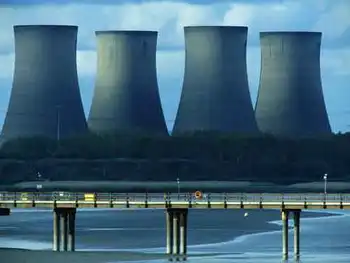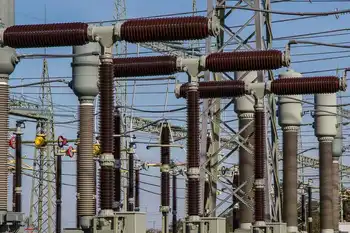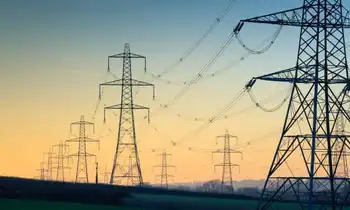Cyprus unveils mammoth wind farm
By Reuters
Arc Flash Training CSA Z462 - Electrical Safety Essentials
Our customized live online or in‑person group training can be delivered to your staff at your location.

- Live Online
- 6 hours Instructor-led
- Group Training Available
Expected to be operational by the summer of 2010, the 200 million euro (US$290.7 million), 82 megawatt (MW) wind farm will be the largest of its kind in the Mediterranean region.
"It is a very big project. Normally in Europe — especially in Greece and Spain — they consider 20 to 30 MW a huge project, so 82 MW is a massive project. It is the biggest in the region," Akis Ellinas, chairman of D.K. Wind Supply Ltd., told Reuters in an interview ahead of the ground-breaking ceremony.
Financing for the project was secured by British company Platina Partners, with the European Investment Bank providing 50 percent of the loan under a conventional project finance structure.
Once operational, the site — which is the first to benefit from the new 20 year fixed rate tariff recently approved by the Cyprus government and the EU Commission — will be home to 41 turbines, equivalent to producing 10 percent of the island's total energy generation capacity.
Split into two phases encompassing 140 MW in total, the 16 square km Orites wind farm, located on a mountain to the west of the island in the Paphos district, is the first private sector power project on the island.
"It was very difficult because we faced governmental people who had no idea what energy or wind farms meant. Some people thought it was a monster, others, something from space," said Ellinas, a businessman whose brainchild this wind park is.
Traditionally seen as a summer holiday destination, with scorching hot summers, the Mediterranean island has enough wind capacity to keep the towering white windmills turning to power 50,000 households, save 100,000 tons of carbon emissions and produce 120,000 Kilowatt hours of energy annually.
"Cyprus is not among the windiest areas in the world. I'd say we have something in the region of 6 meters per second and around 1,600 hours annually. But with new technology, like the Vestas 2MW V90 turbines which we are installing at the moment to the project, it helps," said Ellinas.
"That represents almost 3 percent of Cyprus's requirements toward EU regulations and targets," Ellinas said.











